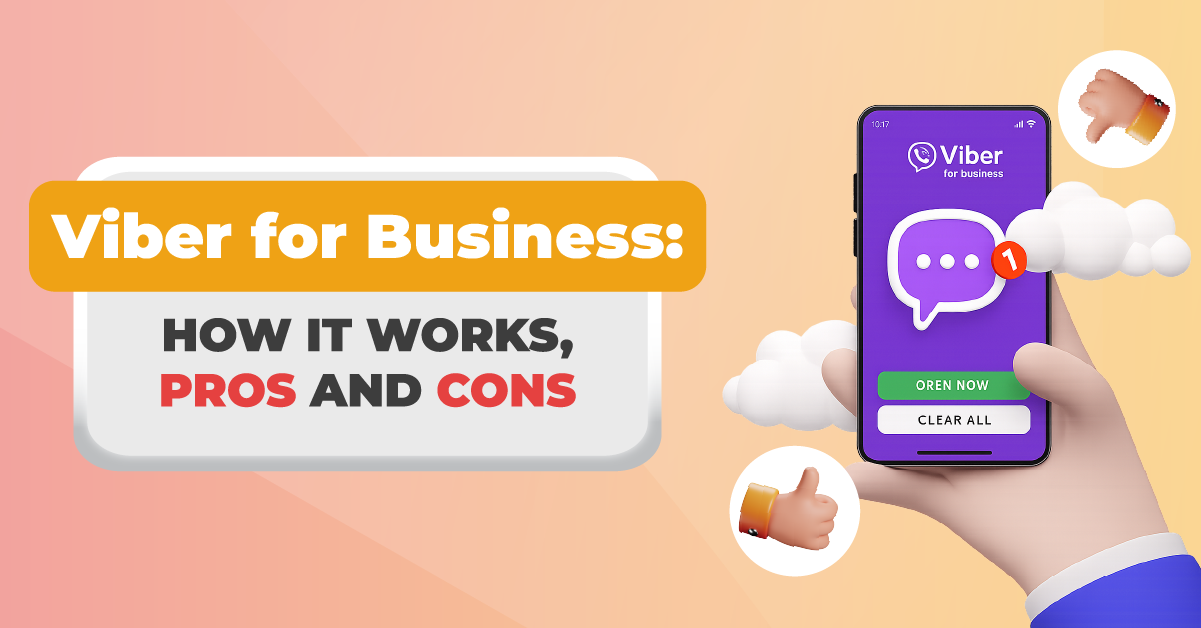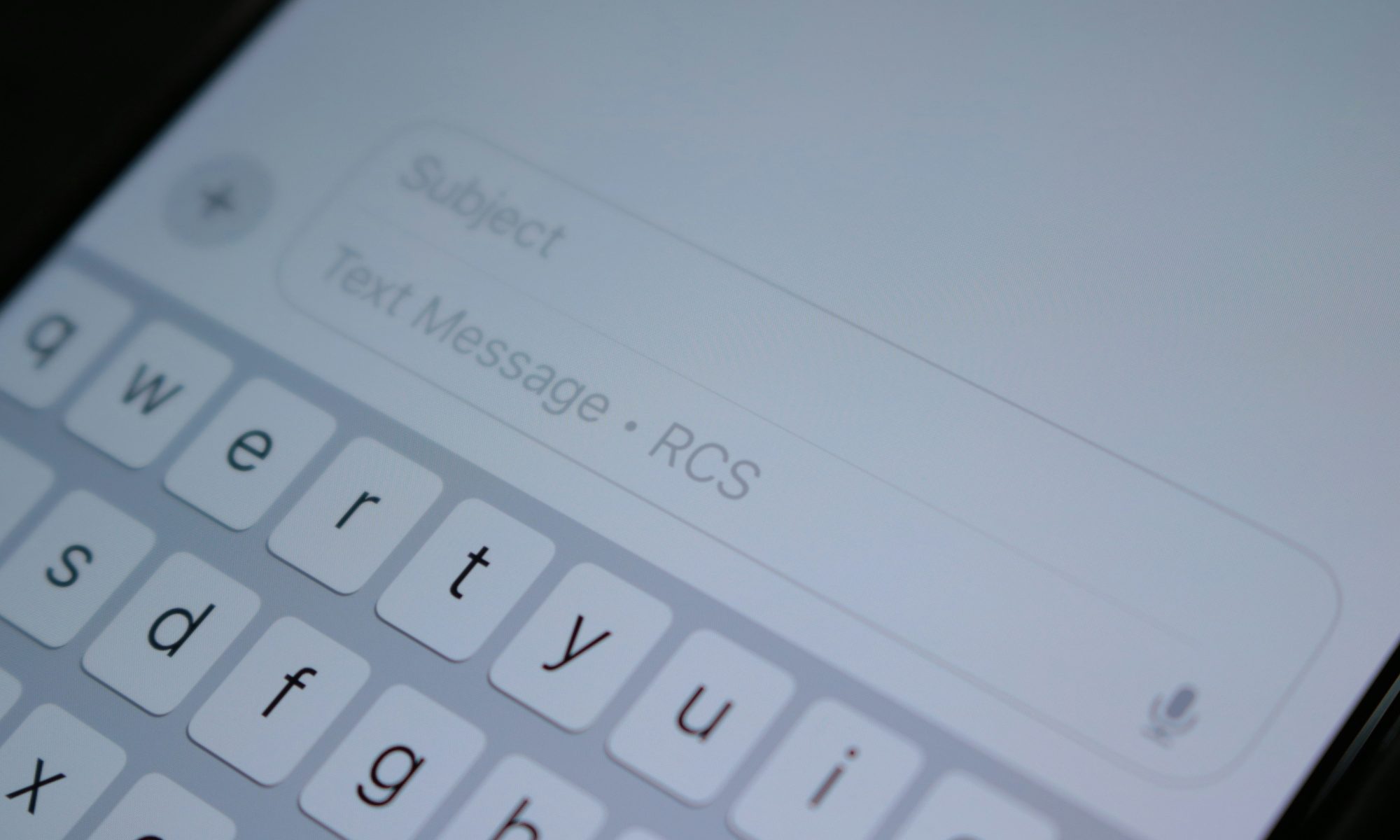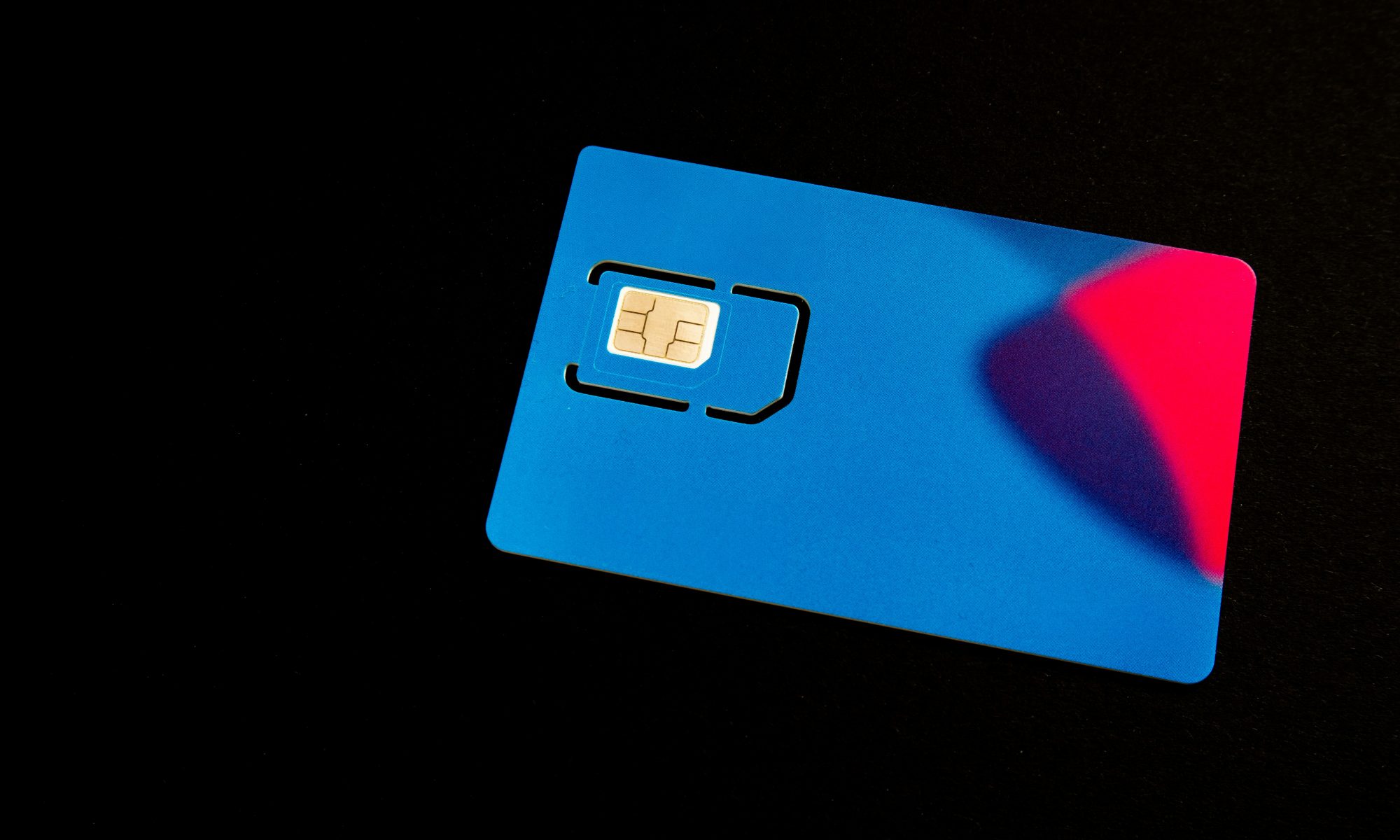──────────────────────────────────────────────
TL;DR
Viber for Business lets you send verified, interactive messages through Viber. It improves engagement with rich media, automation, CRM integration, and SMS fallback.
- Messages land in a dedicated inbox, boosting visibility.
- Send transactional, promotional, or support messages automatically.
- Integrate with CRMs and trigger messages based on customer actions.
- Get SMS fallback for offline users and better message delivery.
──────────────────────────────────────────────
Getting customers to notice your message is challenging, and obtaining a response is even more so. If you’ve tried blasting SMS or posting on social media only to be met with silence, you’re not alone. Many entrepreneurs and business owners face the challenge of reaching their target audience and creating conversations that lead to action.
That’s where Viber for Business can help. The Philippines is one of the platform’s top five markets globally. Last year, Viber business accounts in the country grew by 14%. It generated an average of 862 million monthly ad impressions and a 53% spike in business messages delivered.
With access through the Viber business inbox, you can keep all customer conversations in one place and have a trusted, interactive presence.
But like any platform, it has its limits. In the infographic below, we break down how Viber business messages work, what it does well, and what to watch out for—so you can decide if it fits your communication strategy.

Viber for Business
Viber for Business gives you a professional presence on one of the most widely used messaging apps in the Philippines. With a dedicated business account, your brand can send updates and offers directly to customers in real time.
Once your business account is approved, messages appear in a dedicated Viber business inbox, separate from personal chats. This placement makes your chats easier to spot, boosting visibility and credibility.
Viber also integrates with your existing tools, allowing you to send messages automatically based on customer activity. If a customer is offline, it falls back to SMS to ensure delivery. You can choose from three types of messages, depending on their goals:
1. Transactional
You can automate messages about essential information, such as order updates, appointment reminders, or notifications. Specific customer actions trigger them and are usually time-sensitive.
2. Promotional
These messages promote new products, special offers, or limited-time deals. Designed to re-engage customers and boost sales, promotional messages allow you to attach images, links, and action buttons.
3. Conversational
You can initiate a two-way chat with your customer to address their inquiries or provide real-time support, especially after they’ve replied to a previous message.
The Pros and Cons of Viber for Business
Like any digital platform, a Viber Business account comes with both advantages and limitations. Here’s a clear overview to help you decide if it’s the right fit for your communication needs.
Pros
-
High global user base
Viber has seen explosive growth in the Philippines. Business accounts for MSMEs increased by 194% in 2024, while consumer engagement rose by 74%, making it one of Viber’s fastest-growing markets worldwide.
That means your customers are actively using the platform, so you don’t have to convince them to download anything new.
-
Rich media support
With Viber, you can send eye-catching content—including images, videos, buttons, carousels, files, and even stickers—to capture your customers’ attention.
In a mobile-first market, visual messages help you cut through the noise and make your mobile marketing more engaging and effective.
-
End-to-end encryption
Your customers expect privacy, and Viber delivers on this expectation. Every message sent is fully encrypted, protecting personal information and all other sensitive conversations.
As such, you’ll have fewer security worries and stronger customer trust, especially when handling transactions, updates, and queries.
-
Verified business accounts
A verified Viber Business Account displays your brand name, logo, and business badge to show customers you’re the real deal.
Research shows that 77% of consumers prefer verified messages over standard ones, leading to higher open rates and increased trust. It’s a straightforward way to appear credible without requiring extra effort.
- Instant delivery + SMS fallback
Your time-sensitive messages, such as order confirmations or one-time passwords (OTPs), reach customers instantly via Viber. If a user is offline, the system automatically switches to SMS. This feature means no more worrying about undelivered alerts.
- Cost-effective vs SMS
Viber allows you to send rich content, typically at a lower cost than plain SMS. That translates to better engagement per peso spent, helping you see real marketing returns without stretching your budget.
-
Two-way communication via chatbots
Viber chatbots enable you to provide near-instant customer support, such as answering queries and resolving issues 24/7, without requiring additional staff. Customers get help when they need it, boosting satisfaction and helping you save on support costs.
-
Integration with CRM/business systems
Viber works with your existing CRM or sales tools, so you don’t need to start from scratch. You can set up automatic messages based on customer actions—like purchases, sign-ups, unsubscriptions, or follow-ups—without lifting a finger.
Cons
-
Smaller user base in key markets
While Viber is popular in the Philippines and parts of Europe, its reach is limited in major markets such as the United States and India. If your business serves international customers, this smaller user base might limit your campaign’s visibility and ROI.
-
Closed-source security concerns
Although Viber uses end-to-end encryption, its code isn’t open for public review. If you operate in finance, healthcare, or other regulated industries, this lack of transparency may raise concerns about data privacy and compliance.
-
Bugs and file handling limitations
Some users have reported issues with disappearing messages, slow media downloads, delayed message syncing across devices, and errors when opening files.
If your business relies on sending receipts or documents through Viber, these issues can affect how smoothly your customers receive essential information.
-
Limited contact segmentation and scheduling
Viber’s native platform doesn’t allow you to segment your audience or schedule messages in advance. That means you can’t easily target specific groups or plan promotions. If you’re running multiple campaigns or personalizing messages, this can slow down the process.
-
Fewer analytics than other platforms
The platform provides basic data, such as delivery and read rates. However, lacks deeper insights, including click-through rates, customer journeys, and A/B testing.
-
Gallery access/privacy risks
When customers receive media from your business on Viber, the app may save it directly to their device’s gallery. It may expose sensitive information, especially if the device is shared or unsecured.
From Seen to Sold
Customers ignore noise, but they notice conversations. Viber for Business offers you rich media tools and a direct, verified connection to one of the Philippines’ most active messaging platforms. It’s a more innovative way to build your brand right where your customers are.
The limits? Manageable. The upside? Long-term returns that grow with your customer base.
If you’re already using SMS, Semaphore makes it easy to integrate Viber into your messaging mix. With us, you can engage smarter, not harder. Let Semaphore help—your trusted SMS marketing for businesses.
──────────────────────────────────────────────
FAQs
- What is Viber for Business, and how does it work?
It’s a verified messaging solution that lets you reach customers directly on Viber with branded, interactive messages. You can connect it to tools like your CRM or SMS platform to automate replies and updates based on customer activity.
- What types of messages can businesses send on Viber?
You can use Viber to send a wide range of messages, from customer updates to marketing campaigns and live chat responses. It supports automated and real-time conversations, depending on your business goal.
- What are the main advantages of using Viber for Business?
Viber enables you to establish a credible and professional presence through verified profiles and visual messaging. It’s designed for enhanced engagement and continues to function even when customers are offline, thanks to SMS fallback.
- What are the limitations of Viber for Business?
It doesn’t offer built-in tools for message scheduling or audience targeting, and detailed analytics are limited. Some users also experience occasional issues with media and file handling.
- How does Viber compare to SMS and other messaging apps?
Viber offers more features and customization than standard SMS. While its reach is substantial in the Philippines, it may not be the best fit if you’re targeting markets that don’t typically use Viber.
──────────────────────────────────────────────


